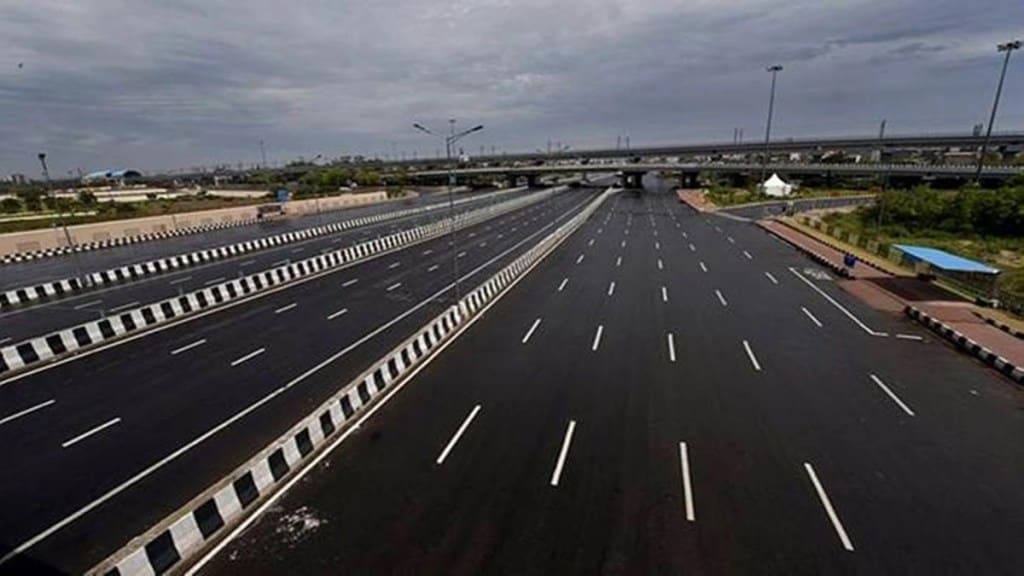The National Highways Authority of India (NHAI) has set an ambitious target to mobilise Rs 45,000 crore through monetisation of its functional and under-construction assets in the current financial year — a more than three-fold increase from what it managed in 2021-22 — according to an official source.
The funds will be raised through Toll Operate Transfer (TOT), Infrastructure Investment Trust (InvIT) and Asset-Back Securitisation models, with the mop-up equally divided between all three, the source added.
NHAI refrained from market borrowings in the last fiscal and will not tap the market in the current year either, as part of an effort to mitigate its debt burden. The government has come in to support it with steep increases in budgetary allocations since FY23 (see chart). Availability of funds with NHAI is critical to increasing the pace of highway construction; pure-play BOT-toll projects are yet to pick up as private investors tend to avoid risk.
Last financial year, NHAI raised Rs 14,268 crore from monetisation of assets as against the target of Rs 20,000 crore.
NHAI, according to the source, has identified 30 stretches of highways with total length of 1,987 km for monetisation this financial year.
Initial bids have already been invited for two stretches that will be monetised through TOT model and last date for submission of documents is May 10. These stretches are the 87-km Allahabad bypass and the 300-km stretch from Lalitpur in Uttar Pradesh to Lakhnadon in Madhya Pradesh.
In the next 15 days, two more road bundles will be offered for bidding under TOT, and stretches that will be offered are being finalised, the official said. “We are aiming to offer two road bundles — one large and one small — to investors every quarter for bidding through different modes. The bigger bundle on offer will have five-seven stretches and the smaller one will have two to three,” he said.
Through monetisation of each bigger bundle, Rs 4,000-7,000 crore can be raised while from smaller bundles the target would be of Rs 1,500 crore to Rs 3,000 crore.
Monetisation through the TOT model — where the investor gets the right to collect toll after paying an upfront fee — takes 9-10 months because of multiple stages involved.
Roadshows are under way for Rs 7,000 crore tranche of NHAI InvIT, which was earlier expected to be launched at the end of last financial year but had to be postponed because of changes in tax rules. This year’s Budget announced a tax on part of distribution by Real Estate Investment Trusts and InvITs, classified as repayment of loans, in the hands of unit holders.
NHAI has so far raised Rs 10,000 crore by using InvITs for monetisation. In this model, money is pooled in from investors and an asset is bought. Income from the asset is then distributed to investors as a return.
Different models for monetisation of assets through asset-backed securitisation are being studied and rules are expected to be finalised in time to meet this year’s targets, the official said.
The government had in August 2021 come out with the National Monetisation Pipeline, which set a target of `6 trillion from selling functional assets of state-controlled entities till March 2025. Assets that were to be offered for monetisation are in key infrastructure sectors like highways, ports, power, petroleum and railways. The four-year monetisation target for roads was then pegged at Rs 1.6 trillion.


